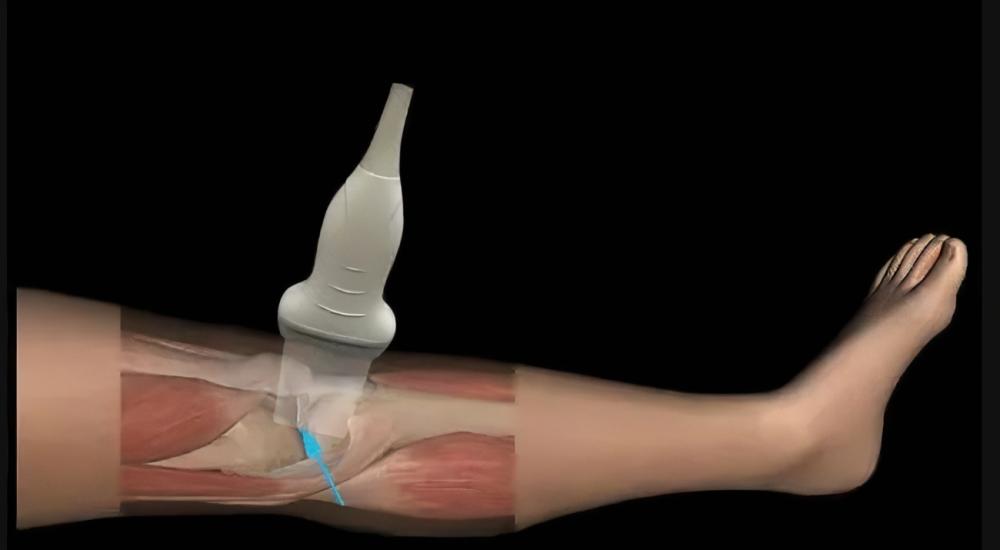A young mother came to the Second People's Hospital of Hunan Province for "repeated pain in the right arm for more than 2 months, aggravated for 3 days".
After the initial consultation and physical examination, the doctor opened an application form for myocardiographic ultrasound. Soon, based on the patient's clinical manifestations, physical examination and color ultrasound results, the doctor judged that the young mother suffered from lateral epicondylitis of the humerus, commonly known as "mother's elbow", also known as "tennis elbow". Many mothers or middle-aged and elderly women have acute sprains or repeated chronic strains due to long-term holding of children or doing housework, and symptoms such as arm pain occur.
For the diagnosis of such diseases, there is now another good helper - musculoskeletal ultrasound.

About musculoskeletal ultrasound
Musculoskeletal ultrasound is a method of diagnosing musculoskeletal disorders using high-frequency probes. Compared to X-rays and CT scans, musculosomy ultrasound has radiation-free and is a very friendly option especially for pregnant women and young children. Musculoskeletal ultrasound is basically issued on the same day, and the results are released on the same day, which avoids delaying the patient's condition and delaying the patient's time; the musculoskeletal ultrasound can observe the patient's examination site in real time. In addition, there are also some special groups of people who cannot undergo routine radiotherapy examination due to physical problems, implants and other reasons, and musculoskeletal ultrasound is the preferred auxiliary examination.
In recent years, with the continuous update of ultrasound instruments, the resolution of the instrument continues to improve, combined with the dynamics of ultrasound, multi-angle, multi-sectional scanning, can clearly show the joints, muscles, tendons, ligaments, peripheral nerves and other superficial tissue structures and their occurrence of small lesions, its recognition rate of microstructure lesions is no less than that of traditional radiological examination.
When can I use myoskeletal ultrasound?
Trauma, sports injuries: such as rotator cuff tears, Achilles tendon rupture, anterior filament from the fibula ligament, gastrocnemius muscle medial head rupture, etc.
Chronic strain: such as: tennis elbow, radius stem stenosis tenosynovitis, tendon terminal disease, etc.
Inflammation: such as rheumatoid arthritis, gout, pigmented chorionic synovitis, infectious diseases, etc.
Cartilage, bone lesions. Such as: chondroma, fractures, etc.
Degenerative changes: osteoarthritis, etc.
Neurological: such as inflammation, entrapment, tumors, etc. 7 Congenital hip dysplasia, etc.
In addition, myoskeletal ultrasound has opened a new chapter in the treatment of musculoskeletal intervention, such as: ultrasound-guided effusion and aspiration of the joint cavity, drug injection, release of narrow tendon sheaths, separation of adhesions of the joint capsule, etc. It provides a new "sharp blade" for clinicians and brings a new "gospel" to patients.
Contributed by: Jin Min, Department of Ultrasound, Second People's Hospital of Hunan Province
Editor: Liu Yuchen
Image: From the Internet, intrusion and deletion